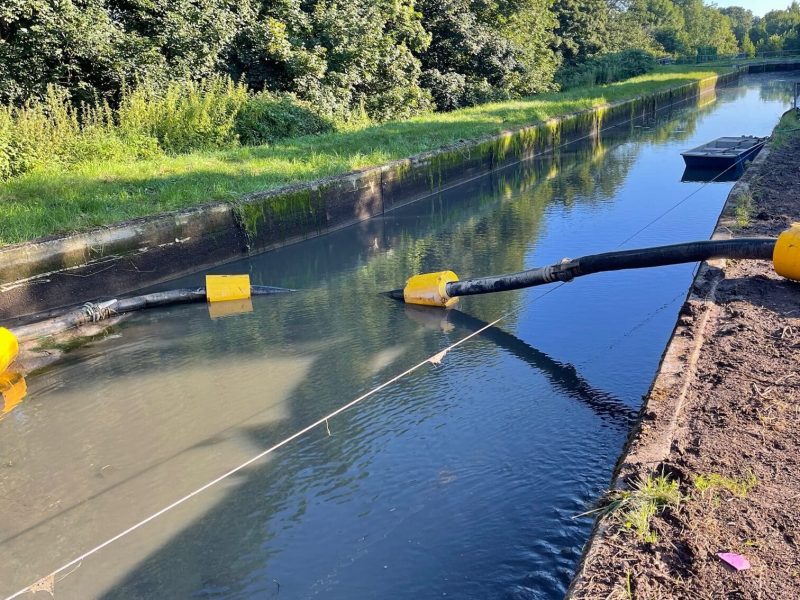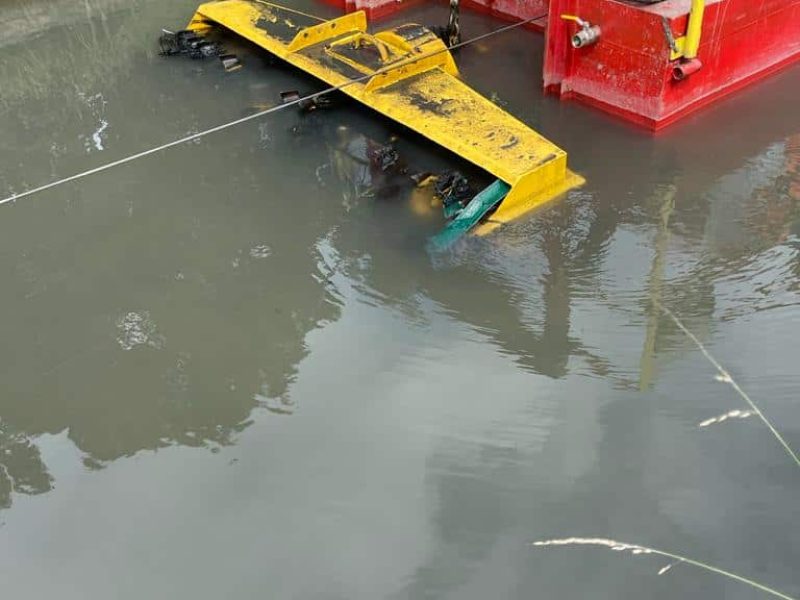What is dredging?
Dredging means the process of removing accumulated sediment from the bottom or banks of bodies of water, including rivers, lakes, or streams. Dredges are specialized pieces of equipment that create a vacuum to suck up and pump out the unwanted sediment and debris.
Sedimentation is a naturally occurring process where silt, sand, and other debris accumulate on the bottom of rivers, lakes, canals, or streams over time. An excessive build-up of sediment can cause a series of issues.

For instance, it can reduce the waterway’s depth and prevent ships’ passage. It can also lead to contamination that poses a threat to aquatic plants and wildlife. In coastal areas, sediment accumulation can cause beaches to erode.
We depend on various waterways for daily functions, from transporting goods to commercial fishing and recreation. Over time, these waterways can become filled with sediment that makes them difficult to navigate and sometimes pose an environmental hazard.
It often becomes necessary to find a way to remove a large accumulation of sediment to preserve the health of the waterway and enable commercial applications. The dredging process can provide a fast, efficient sediment removal solution, and various types of dredges can complete the sediment removal process.
The sediment removal process uses a dredge to excavate the accumulated sediment and debris. A dredge is either partially or completely submerged in water and allows the operator to easily gather the sediment and transport it to a different location. When dredging is complete, you can relocate sediment for several purposes.






